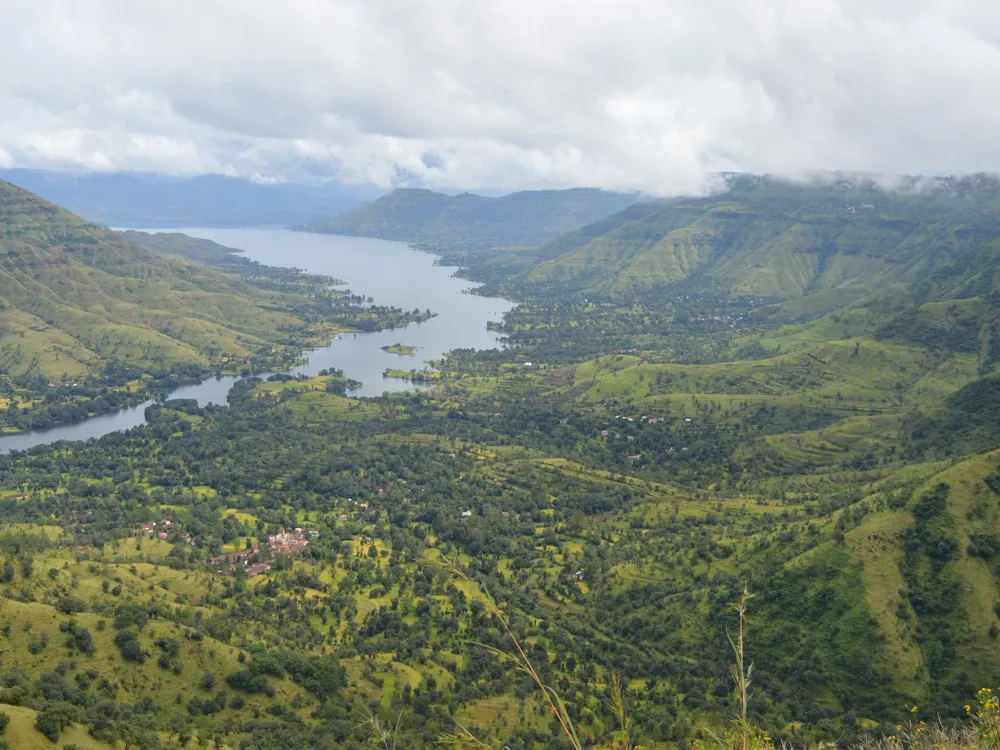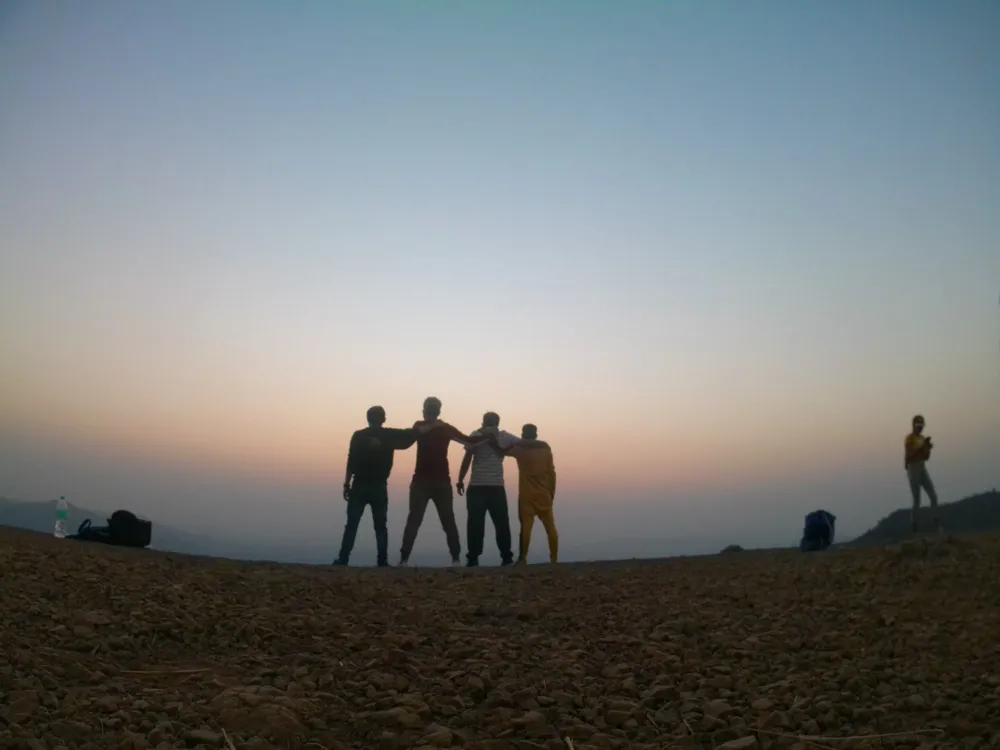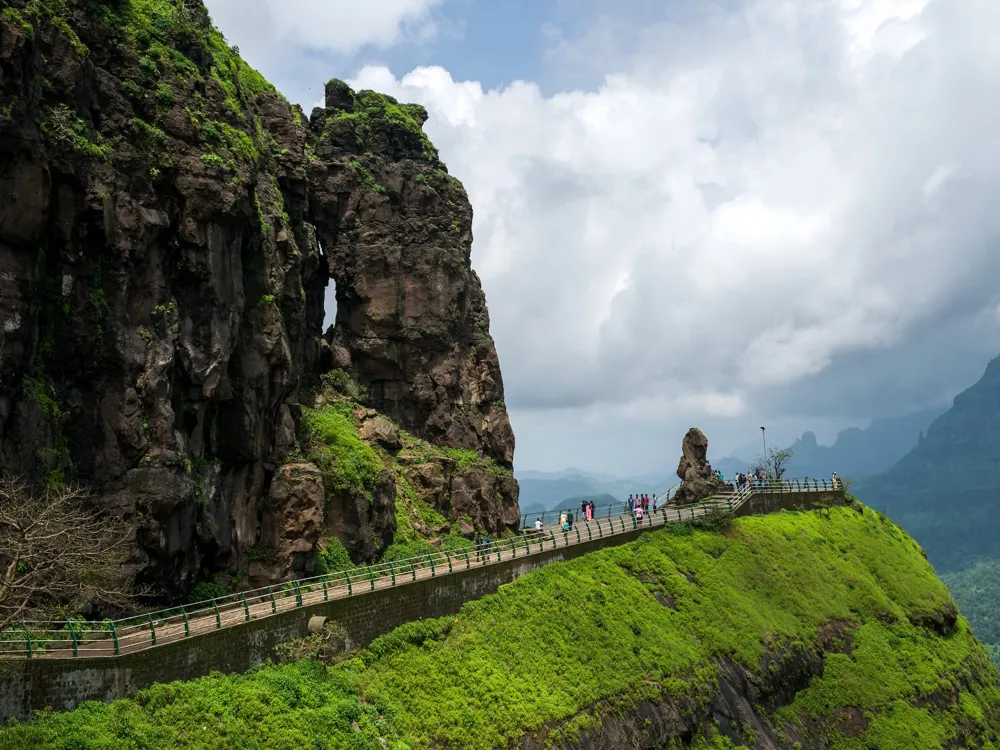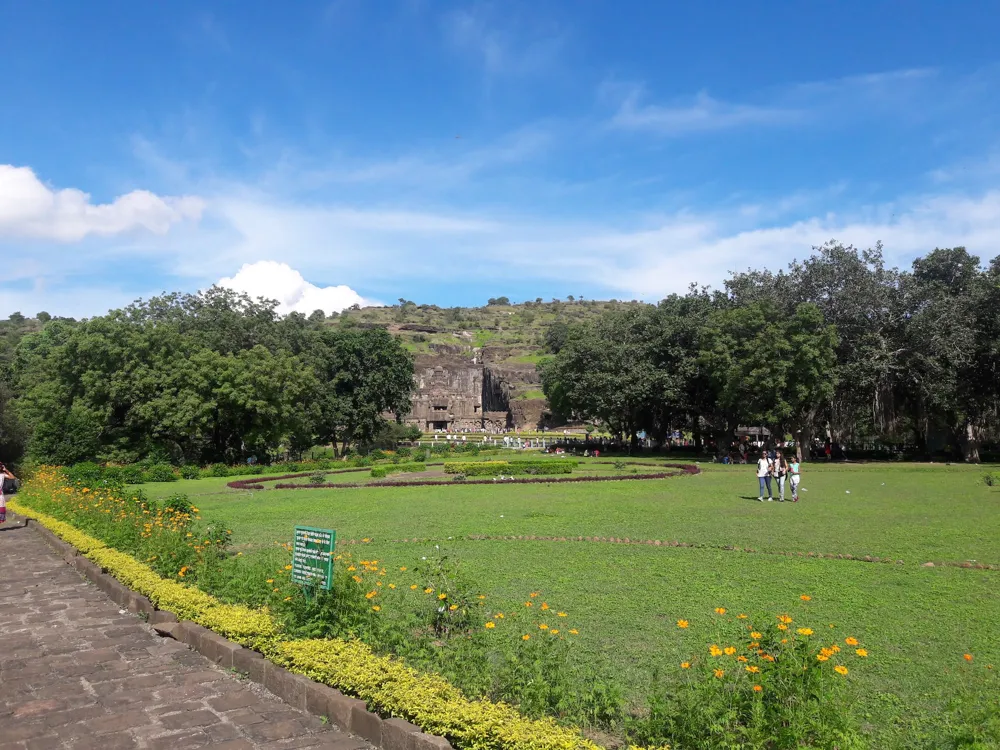The Kumbh Mela in Nasik, Maharashtra, is a monumental event, epitomizing India's rich cultural and spiritual tapestry. Held every twelve years on the banks of the Godavari River, this grand festival is one of the largest peaceful gatherings in the world. Drawing millions of pilgrims from across the globe, the Kumbh Mela is the epitome of India's diverse heritage. The event's significance lies in its unique blend of spiritual, cultural, and social elements, making it an unparalleled spectacle in the religious and cultural life of India. The Kumbh Mela's roots delve deep into Hindu mythology, where it is believed that a few drops of Amrit (the nectar of immortality) fell on Nasik during the celestial churning of the ocean. This historical belief elevates the city to a status of immense spiritual significance. Pilgrims believe that bathing in the holy waters during the Mela cleanses their souls, freeing them from the cycle of rebirth and bringing them closer to salvation. Nasik's Kumbh Mela is not just a religious congregation but also a kaleidoscope of Indian culture. It's a platform where various art forms, rituals, and traditions come alive. The Mela serves as a confluence point for saints, yogis, and pilgrims, each bringing their cultural legacy. This amalgamation of diverse customs and traditions enriches the social fabric of the festival, making it a living museum of Indian culture and spirituality. The Kumbh Mela also significantly impacts the local environment and economy. The influx of millions of pilgrims provides a substantial economic boost to Nasik, creating numerous employment opportunities and promoting local businesses. However, managing such a vast crowd poses environmental challenges, making sustainable practices and eco-friendly initiatives critical to preserving the sanctity and beauty of Nasik's natural resources. The architecture of Kumbh Mela in Nasik is a testament to the event's grandeur and spiritual significance. The temporary city that springs up on the banks of the Godavari is a marvel of planning and engineering, designed to accommodate the vast sea of humanity that descends upon Nasik. The architectural elements of the Kumbh Mela reflect a blend of ancient traditions and modern practices, creating a unique environment that is both spiritual and functional. The design of the Kumbh Mela grounds is a masterful display of temporary urban planning. The layout is carefully crafted to facilitate easy movement of pilgrims, ensuring safety and accessibility. The site is divided into sectors, each equipped with essential amenities like water supply, medical facilities, and sanitation. The strategic placement of these sectors ensures that the needs of millions of pilgrims are met efficiently and effectively. At the heart of the Kumbh Mela's architecture are the spiritual structures, such as the Akharas (sectarian camps) and temples. These sacred spaces are not only places of worship but also symbols of the diverse spiritual paths that converge at the Kumbh Mela. The Akharas, each representing a different sect or tradition, are meticulously constructed, reflecting the philosophical and aesthetic values of their respective followers. In recent years, there has been a growing emphasis on sustainable and eco-friendly architecture at the Kumbh Mela. The use of biodegradable materials, efficient waste management systems, and renewable energy sources is increasingly common. These initiatives aim to minimize the environmental footprint of the event and preserve the sanctity of Nasik's natural surroundings. When planning to visit the Kumbh Mela, it's important to consider the timing of the festival, the weather conditions, and the type of accommodation available. Booking your stay well in advance is recommended, as accommodations in and around Nasik can fill up quickly. Also, be mindful of the peak bathing dates, as these are the most crowded times. Given the scale of the festival, it's crucial to take health and safety precautions. Carry basic medications, stay hydrated, and be cautious with food and water sources. Also, keep emergency contact numbers handy and be aware of the locations of medical camps and police stations within the Mela area. The Kumbh Mela is a spiritual and religious event, so it's important to show respect for the rituals, traditions, and the people you encounter. Dress modestly, avoid photographing people without permission, and be mindful of the sentiments of the pilgrims and saints. Nasik is well-connected by road, rail, and air, making it accessible to pilgrims and tourists from all over. The city's railway station, Nasik Road, is a major hub with trains from major Indian cities. By road, Nasik is connected via national highways, offering a scenic journey. For those preferring to fly, the nearest airport is in Mumbai, from where Nasik is a few hours' drive away. During the Kumbh Mela, additional transport services and facilities are often provided to cater to the influx of visitors. Read More:Overview of Kumbh Mela, Nasik
The Spiritual Essence of Kumbh Mela
Cultural Vibrancy and Social Fabric
Environmental and Economic Impacts
Architecture of Kumbh Mela, Nasik
Design and Layout
Spiritual Structures and Symbols
Environmental Sustainability
Tips When Visiting Kumbh Mela, Nasik
Planning Your Visit
Health and Safety Precautions
Cultural Sensitivity and Respect
How To Reach Kumbh Mela, Nasik
Kumbh Mela, Nasik
Nasik
Maharashtra Goa
NaN onwards
View nasik Packages
Nasik Travel Packages
View All Packages For Nasik
Top Hotel Collections for Nasik

Private Pool

Luxury Hotels

5-Star Hotels

Pet Friendly
Top Hotels Near Nasik
Other Top Ranking Places In Nasik
View All Places To Visit In nasik
View nasik Packages
Nasik Travel Packages
View All Packages For Nasik
Top Hotel Collections for Nasik

Private Pool

Luxury Hotels

5-Star Hotels

Pet Friendly
















